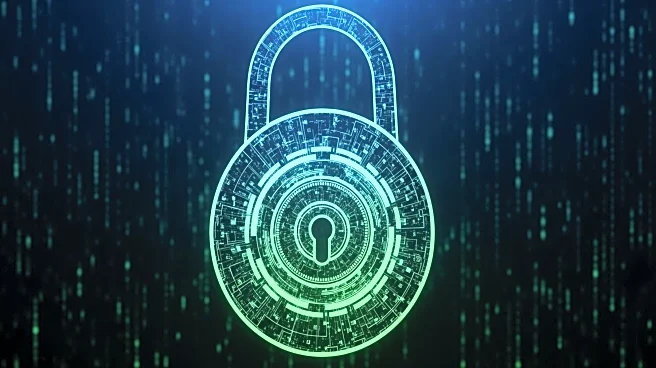What's Happening?
F5 Networks is investigating a breach where a nation-state attacker stole segments of its BIG-IP source code and details on 44 vulnerabilities. The attack, disclosed on October 15, has raised concerns about potential long-term consequences, although researchers
are not overly worried about immediate exploitation. The stolen source code could be used to develop zero-day exploits, posing a significant supply chain risk. F5 is working with NCC Group and IOActive to assess the situation, but has not found evidence of misuse or modification to its software supply chain.
Why It's Important?
The theft of source code from F5, a major vendor in enterprise and government sectors, could have significant implications for cybersecurity. Attackers could use the code to identify vulnerabilities and develop new exploits, potentially affecting critical infrastructure and federal agencies. The incident highlights the ongoing threat of cyber espionage and the importance of securing technology supply chains. Organizations using F5 products may need to enhance their security measures to mitigate potential risks.
What's Next?
F5 continues to investigate the breach and is providing threat hunting guides to customers. The company is focused on ensuring the security of its software supply chain and preventing future exploitation. The broader cybersecurity community may need to monitor for strategic exploitation of the stolen code, as the consequences could unfold over time. Stakeholders, including government agencies and critical infrastructure providers, may need to reassess their security protocols in light of this incident.
Beyond the Headlines
The breach underscores the persistent threat of nation-state cyber attacks and the challenges in protecting sensitive information. It raises questions about the adequacy of current cybersecurity measures and the need for more robust defenses against sophisticated threats. The incident may prompt discussions on improving collaboration between private companies and government agencies to enhance cybersecurity resilience.













